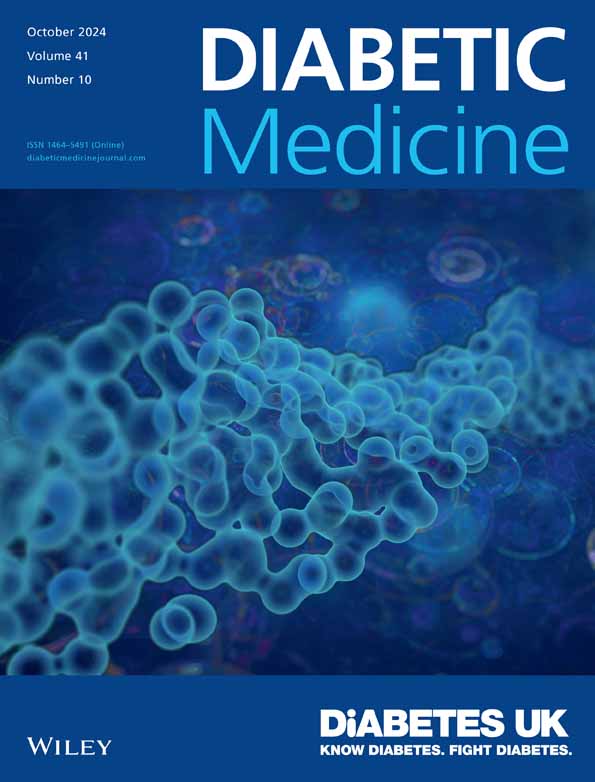Enhanced glucose processing in gestational diabetes diagnosis: Effects on health equity and clinical outcomes
Abstract
Objectives
Gestational diabetes is diagnosed using an oral glucose tolerance test (OGTT), which has limited accuracy, reproducibility and practicality. We assessed the effect of enhanced pre-analytical glucose processing upon glucose concentrations, gestational diabetes diagnosis, health equity and pregnancy outcomes, and if HbA1c was a suitable alternative.
Methods
We recruited pregnant women with ≥1 risk factor to a prospective observational cohort study of pregnancy hyperglycaemia, endocrine causes, lipids, insulin and autoimmunity (OPHELIA), from nine UK centres. During a 75 g antenatal OGTT (National Institute of Health and Care Excellence criteria), standard glucose processing was compared to enhanced glucose processing (storage on ice, rapid centrifugation, aliquoting and freezing <2.5 h).
Results
We recruited 1308 participants of mean (SD) age 31.5 years (5.0) and BMI 33.0 kg/m2 (6.8) of 82.5% white ethnicity, representative of the UK population. Enhanced glucose processing resulted in glucose levels ~0.6 mmol/L higher than standard glucose processing, increasing gestational diabetes diagnosis from 9% to 22%. Women with gestational diabetes on enhanced but not standard glucose processing (n = 165) were younger (31.9 vs. 33.2 years, p = 0.035), with a higher BMI (36.5 vs. 33.9 kg/m2; p = 0.003), different ethnic distribution (p = 0.025) and delivered more large-for-gestational age infants (37.0% vs. 22.3%; p = 0.006) compared to women with gestational diabetes on standard processing alone. HbA1c was not a suitable alternative predictor of gestational diabetes diagnosis (Area under receiver operator curve 0.74; 95% CI 0.68–0.79).
Conclusions
An OGTT with enhanced glucose processing would support more accurate, equitable diagnosis of gestational diabetes, but with increased diagnosis rates.


 求助内容:
求助内容: 应助结果提醒方式:
应助结果提醒方式:


